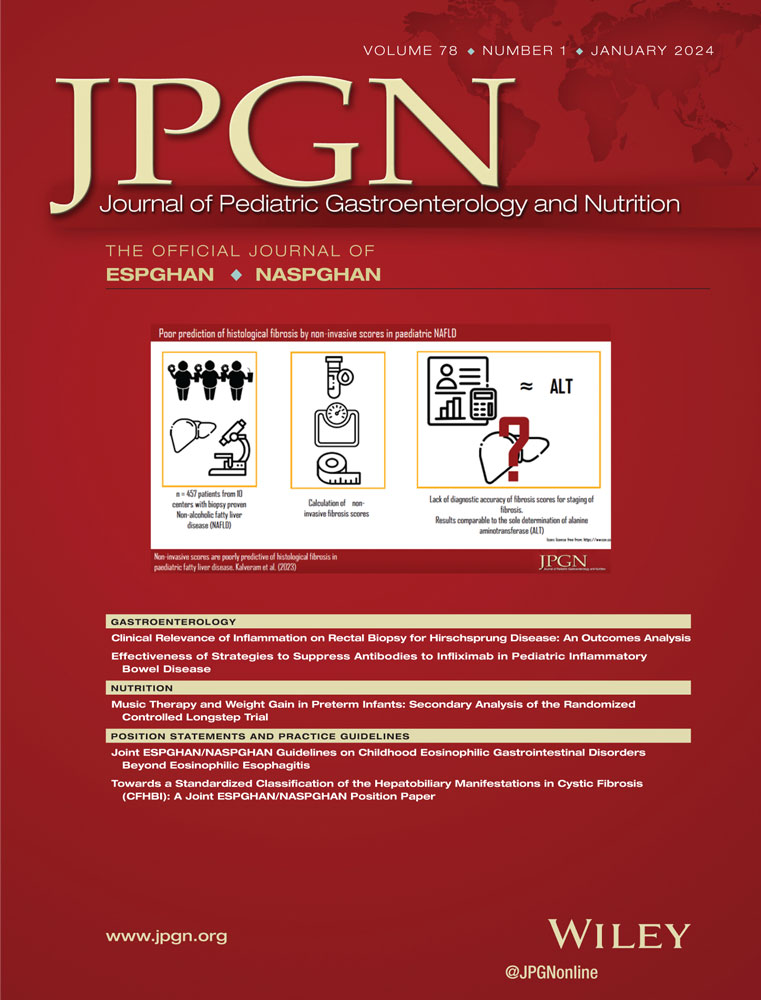Intestinal dysbiosis and inflammation in children with repaired esophageal atresia
CME module may be found at https://learnonline.naspghan.org/jpgn2
Abstract
Objectives
This study aims to compare the intestinal microbiota and intestinal inflammation of children with esophageal atresia (EA) to matched healthy controls, and to investigate the relationship between these factors and clinical outcomes.
Methods
A cross-sectional study of 35 children with EA and 35 matched healthy controls (HC) from a single tertiary pediatric hospital in Australia was conducted. Demographic and dietary data were collected using surveys. Stool samples were analyzed using 16S rRNA sequencing, and fecal calprotectin measurements were used to measure intestinal inflammation. Comparisons were made between the groups, and correlations between the microbiota and clinical factors were investigated in the EA cohort.
Results
Compared to HC, children with EA had similar alpha diversity, but beta diversity analysis revealed clustering of EA and HC cohorts. Children with EA had a significantly higher relative abundance of the order Lactobacillales, and a lower abundance of the genus uncultured Bacteroidales S24-7. Fecal calprotectin was significantly higher in children with EA compared to HC. In the EA cohort, children taking proton pump inhibitors (PPI's) had lower alpha diversity and higher calprotectin levels compared to those not taking PPI's. There was a negative correlation between calprotectin and length/height-for-age z scores, and children with higher calprotectin levels had a greater burden of gastrointestinal symptoms.
Conclusions
Children with EA have an altered intestinal microbiota compared to HC, which is likely related to PPI use, and may be impacting on growth and quality of life. It is important to rationalize PPI use in this cohort.
Graphical Abstract
CONFLICT OF INTEREST STATEMENT
The authors declare no conflict of interest.





